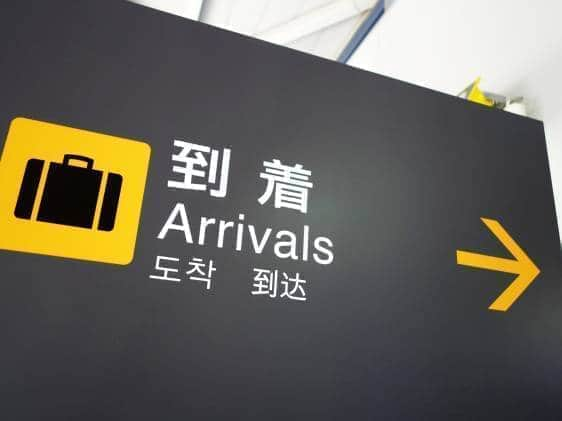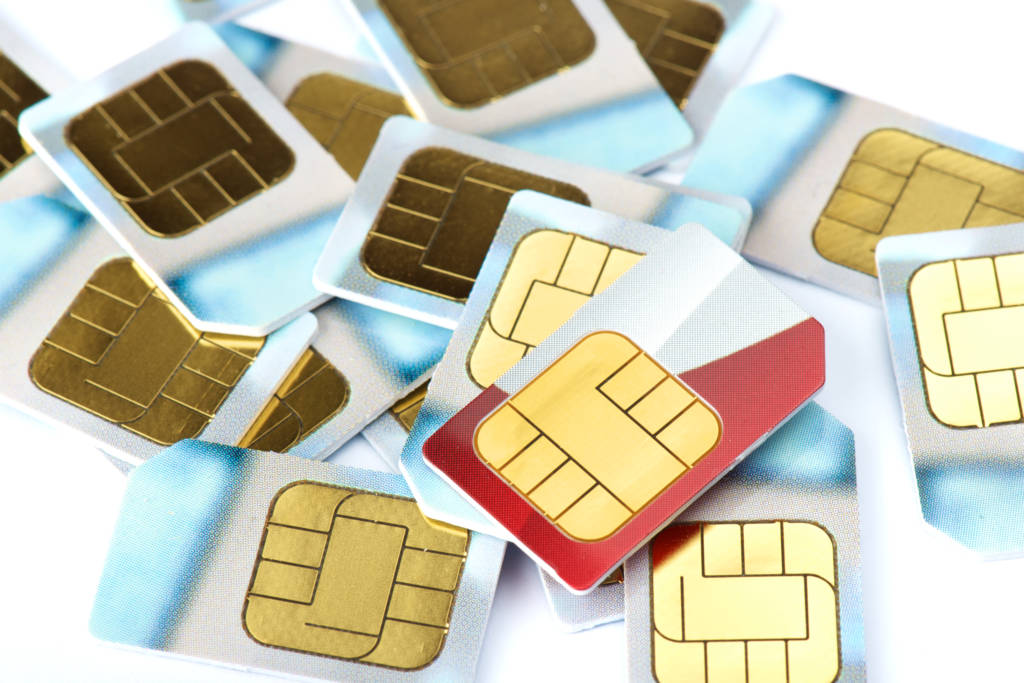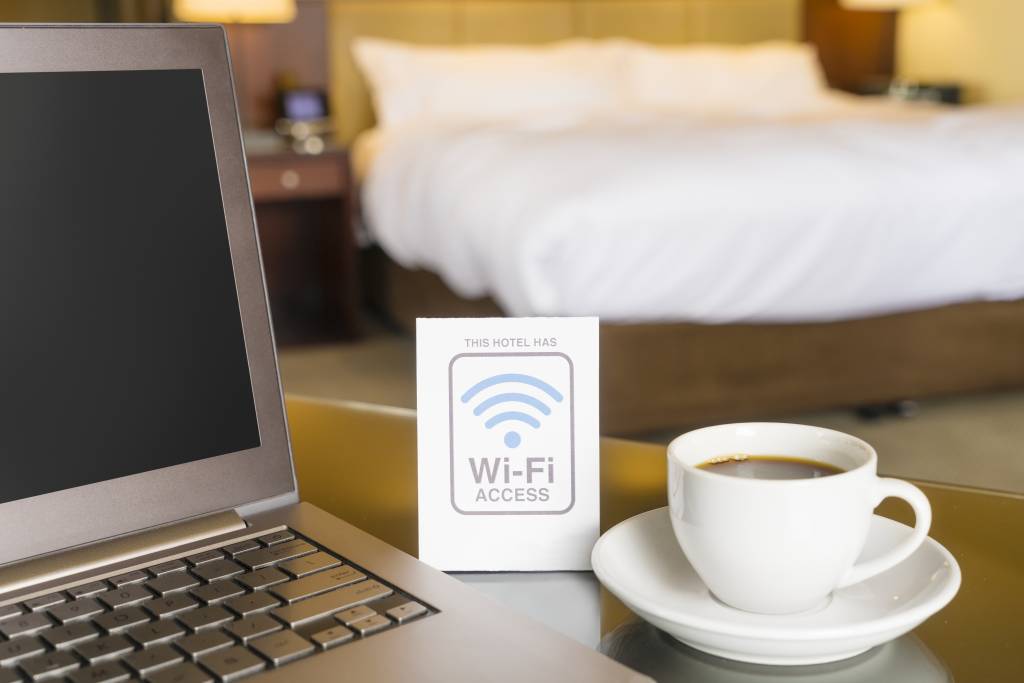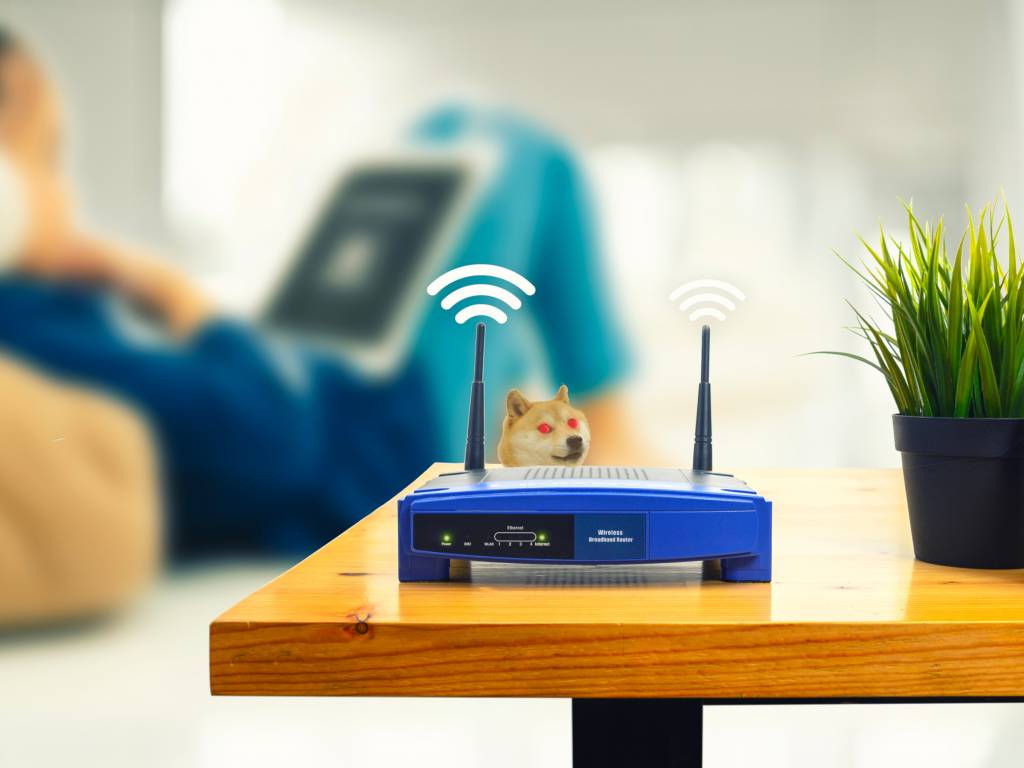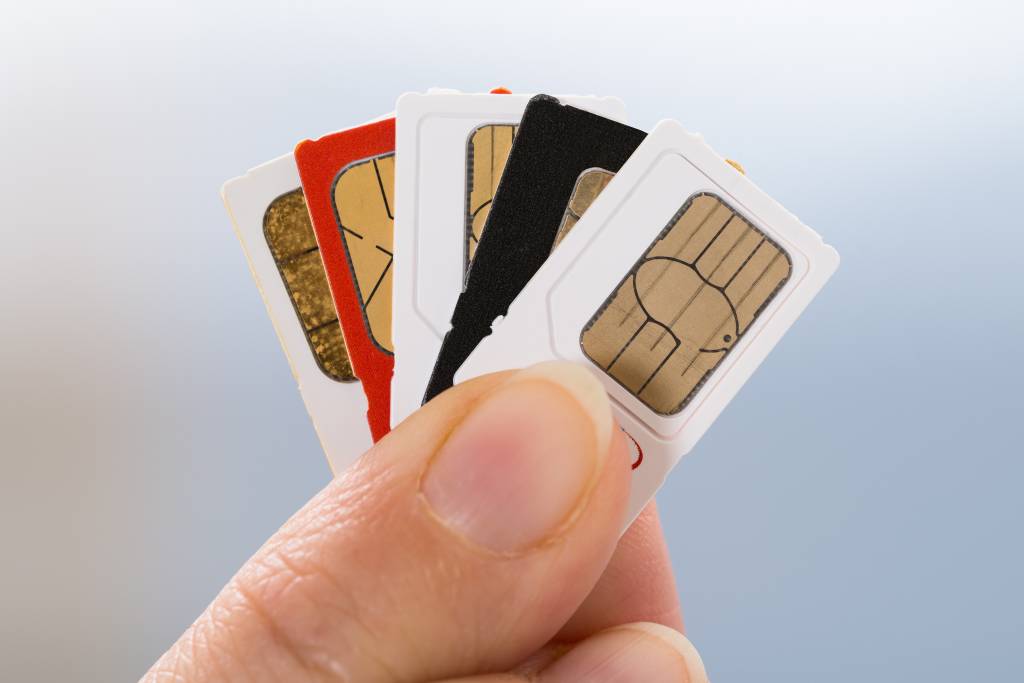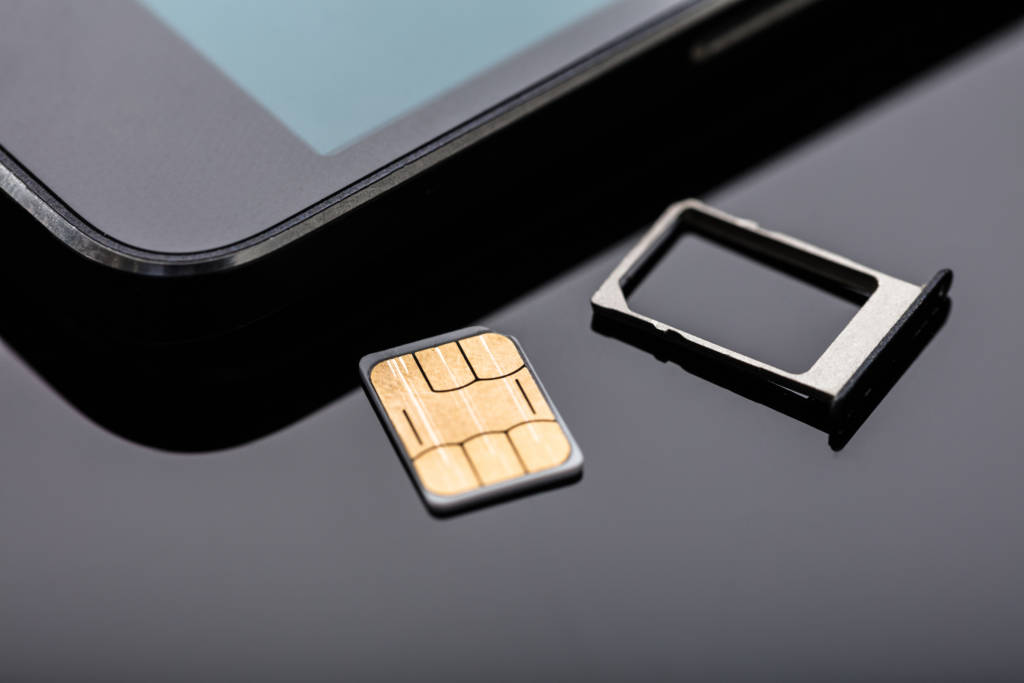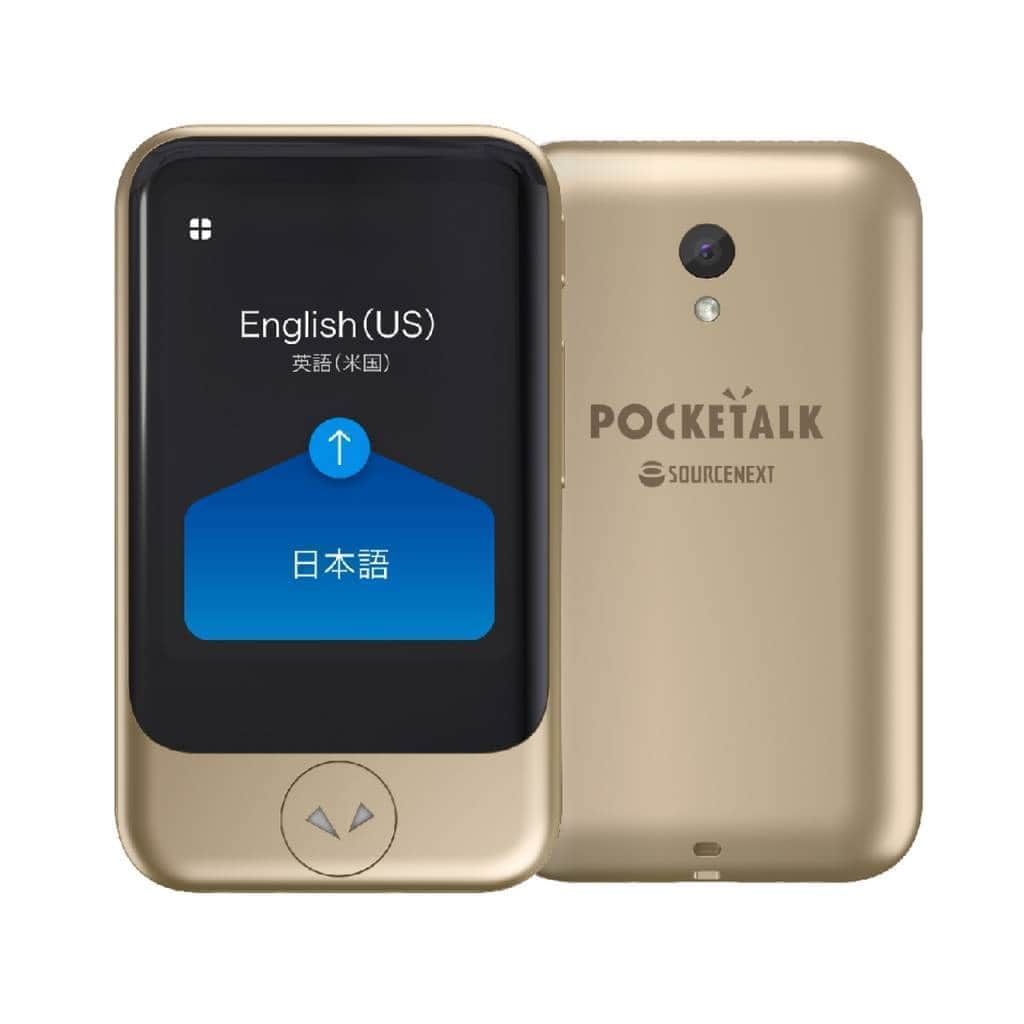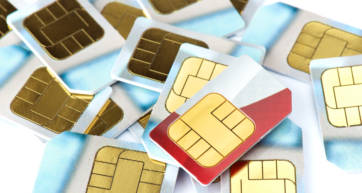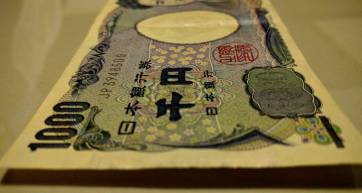eSIMs are perfect for traveling. Worrying about SIM trays or losing microscopic SIMs between the sofa cushions is finally a thing of the past! What’s more, Japan’s eSIM market has exploded, with a wide range of offerings from both domestic and international players. To help you choose the best eSIM for your trip, we tried out all the eSIMs that we could get our hands on.
eSIMs tested and compared
First, a summary of what we found when we tested these eSIMs:
| Provider | Main Network | Price Range | Average Speed (Download/Upload) Mbps | Delivery Method/Time | Support Options | Where to Buy |
|---|---|---|---|---|---|---|
| eSIM Japan | China Mobile HK/Roams to SoftBank/AU | US$3.99to US$22.99 over 3 to 12 days for unlimited data, fixed data plans also available. | 33.9/20.9 | Emailed QR code/2 minutes | Email/Web Form | Go to website |
| Mobal | NTT Docomo | ¥1,920 to ¥4,900 for 8, 16, or 31 days. 1, 3, 30, and 50GB plans available | 17.9/5.0 | Emailed activation page/15 minutes | Email/Web Form | Go to website |
| Sakura Mobile | NTT Docomo | Starts from ¥2,000 for 1GB over 3 days. Scaling data amounts for up to 90 days | 7.9/5.8 | Emailed activation page/Instant | Web Form | Go to website |
| Ubigi | NTT Docomo | ¥360 to ¥9,700, with plans starting from 500MB for a single day to 50GB monthly | 19.2/3.0 | Emailed QR code/Instant | Web Form | Go to website |
| SoftBank | SoftBank | ¥1,349 to ¥4,857 for plans between 5 and 15 days. You can choose either unlimited data or 500MB high speed a day | 36.4/20.1 | Emailed QR code/Instant activation on booking date | LINE Support | Go to website |
What exactly is an eSIM?
It’s a virtual SIM that you can download and install onto your phone directly, so no more fiddly physical SIM cards. Most phones released since 2019 have the option to use an eSIM, with Apple’s US iPhone 14 being eSIM only. eSIMs are convenient when you want to change your carrier, such as when abroad, as you can connect to a new provider in seconds without removing your existing physical SIM card.
Japan eSIMs for tourists and short-term visitors
Here’s a quick overview of some of the Japan eSIM options for your trip. This is not an exhaustive list; just an introduction to some of the main players in the market.
eSIM Japan
eSIM Japan offers economical data-only plans for visitors to Japan. Their plans come in two varieties: a general Japan plan, and city-specific plans for Tokyo, Osaka, Kyoto and more. They are all the same price, and for all intents and purposes are the same as the general plans. However, all plans work throughout Japan.
When we ordered an eSIM, a QR code was in our inbox in 2 minutes, so you can even decide to pick one up while waiting to pick up your luggage at the airport. The plan begins as soon as you scan the code and install the eSIM. Plans have a set time limit (3, 5, 7, 12, 15, or 20 days) and a data limit (3GB, 5GB, 10GB, or unlimited), so you can choose a plan that works for the length of your trip. Plan prices vary based on length, from US$3.99 for a basic 3-day plan, to US$22.99 for an unlimited 12-day plan.
eSIM Japan is provided by China Mobile Hong Kong, but roams to Japan’s SoftBank network. Despite the roaming, it was one of the faster networks we tested, with a download speed of 33.9Mbps on average. Webpages loaded in a flash, and both video playback and streaming were smooth with no buffering time. If you have any issues, eSIM Japan offers support through email and web forms.
Mobal eSIMs
Popular local provider Mobal recently launched a line of eSIMs for Japan. They currently have seven different data-only eSIMs, ranging from a basic 1GB, 8-day eSIM for ¥1,920, all the way up to a hefty 50GB, 31-day eSIM for ¥4,900.
Mobal uses the major Japanese network Docomo, which means that you won’t be roaming. It’s 4G LTE and coverage is countrywide. For activation, we recieved an email with a link to their service website after 5 minutes. This led us to a page where we waited for our eSIM QR code to be ready for another 10 minutes.
In terms of speed, Mobal is about middle of the pack at an average of 17.9Mbps. Websites load very quickly, and video playback was uninterrupted. There were a few hiccups and buffers while streaming, but overall it’s a solid, reliable eSIM. Technical support is available via email and a web form, though most questions can usually be solved by having a peek at Mobal’s FAQs page.
Sakura Mobile
Popular with people staying in Japan both short and long-term, Sakura Mobile has also introduced a line of eSIMs for visitors. Prices scale depending on how long you’ll be staying (up to a maximum of 90 days) and how much data you’re planning on using. Their cheapest option — a 3 day, 1GB eSIM will set you back ¥2,000.
While on the pricier side of this list, Sakura Mobile uses Docomo as their main provider, meaning you can expect good, consistent coverage throughout Japan. Activation is also a breeze, with a link to a QR code being emailed to us instantly. It’s a great choice to avoid that last-minute panic!
In terms of perfomance, Sakura Mobile was the slowest of all the eSIMs we tested, averaging only 7.9Mbps for downloads. Websites mostly loaded well, although graphic intensive ones were a little slower. Video playback was smooth, but with some buffering, and we wouldn’t recommend trying to stream. Overall, it’s a good choice for the solid coverage and if you don’t mind restricting internet use to websites and the occasional YouTube video.
Ubigi
Ubigi is a global eSIM provider currently offering eSIMs for over 200 destinations. A new name in the Japanese eSIM market, they nonetheless have plans to cover most needs. From economical single day 500MB plans for ¥390 to beefy month-long plans with 50GB of data for ¥9,700, there’s something for all travelers.
Ordering from Ubigi is a snap. Once we ordered, we had a QR code emailed to us in seconds. One quick scan, and we were ready to go in under a minute. Like most others on this list, Ubigi works with Docomo for reliable coverage across Japan.
In our testing, Ubigi out performed all the other Docomo eSIMs on this list. In testing, we had average speeds of 19.2Mbps, and webpages loaded in a flash. YouTube playback was smooth with no buffering, and even streams only had rare moments of loading time. Overall, at this price point, Ubigi offers excellent quality and speed that make them a strong contender.
SoftBank eSIM
This eSIM, available through Klook, is powered by SoftBank — one of Japan’s major carriers. The data-only plan offers stable, fast internet for your trip. You can opt for a period of 5, 6, 7, 8, 10, or 15 days to suit your needs. Data options are either unlimited 4G data or 500MB of high-speed 4G data a day, before being throttled to 128kbps. At the cheaper end, a 500MB, 5-day plan will set you back US$9.79. Meanwhile, the unlimited 15 day option is US$35.19.
While an excellent offering for anyone who burns through data, there are a few things to keep in mind. First, you should check that your phone is compatible before purchasing. Models purchased in China, Hong Kong, and Macau are likely to be incompatible. Also, you may have a 24 to 48-hour wait with the SoftBank eSIM before you can activate your eSIM, despite recieving the code almost instantly. Don’t leave your purchase until the last minute!
As the eSIM is directly provided by one of Japan’s major carriers, the SoftBank eSIM has some perks that are worth waiting for. This was the fastest eSIM we tested, with an average download speed of 36.4Mbps. Websites and video playback was flawless, and not even a high-intensity stream made this eSIM sweat. If you’re going to really work your data, this eSIM will have your back.
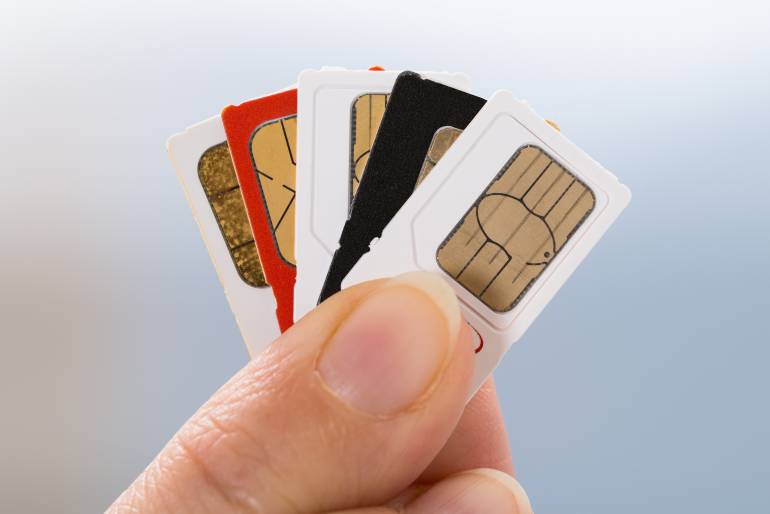
Which is better for your Japan trip: An eSIM, or a physical SIM card?
Even with more providers arriving on the scene, the options with physical SIMs are still superior to what you can get with eSIMs. For example, none of the eSIMs listed here include a Japanese phone number with calling ability. If you want that, you’ll need to get a physical SIM. So if you’d like something more inconvenient but with better options, check out our guide to prepaid SIM cards for travel to Japan.
Also, keep in mind that you’ll need a second device to install an eSIM, as the second will display the QR code for your first device to scan. If you don’t have a second device, you’ll need some help to install the code – perhaps by asking someone to take a photo of your QR code and then scanning it from their phone.
How did we test the eSIMs?
Testing the performance of eSIMs is inherently difficult due to transient network conditions. You can test the same connection on the same phone in the same place twice in a five-minute interval and get two completely different results for speed and latency.
Our testing method isn’t perfect, but to allow for momentary network issues, we ran 15 speed tests online and then averaged them out. Our tester also visited various websites, watched some videos on YouTube, and visited Twitch streams to make a judgement on actual performance. We performed the tests on a Japanese iPhone 13 Mini running iOS 16.5.
While we do our best to ensure it’s correct, information is subject to change. Prices are approximate. This post was first published in October, 2020 and was last updated by Shyam Bhardwa on July 18th, 2023.


